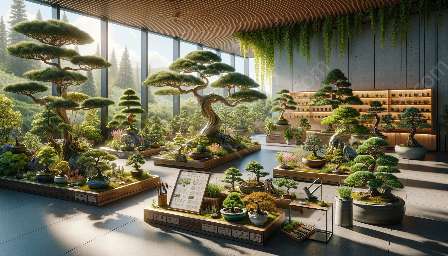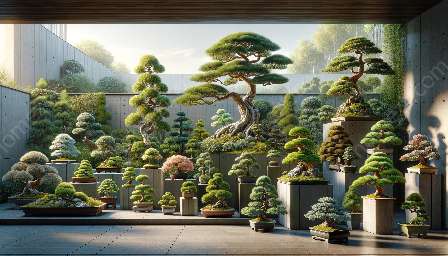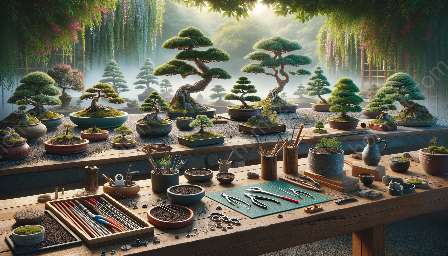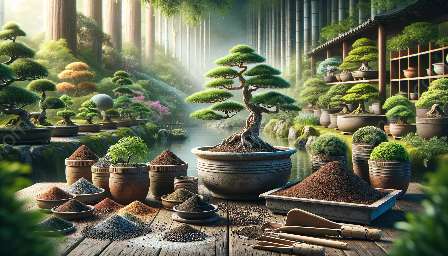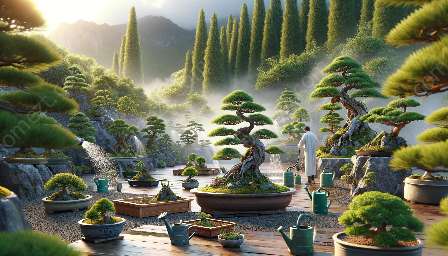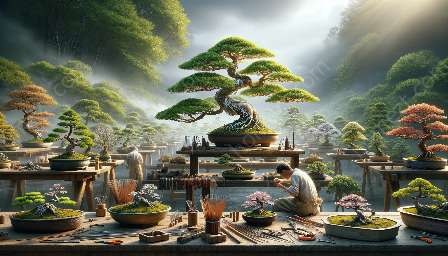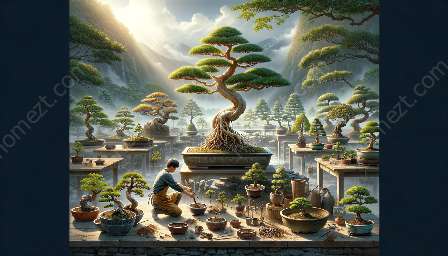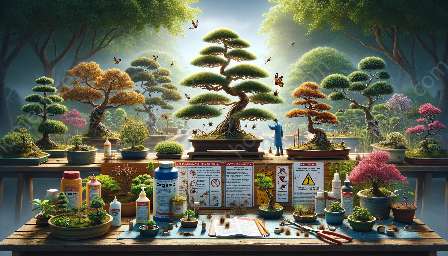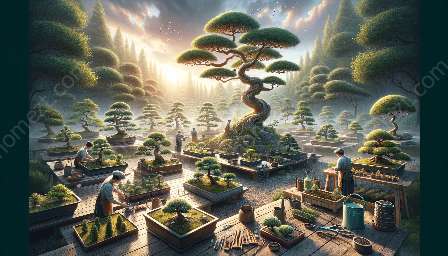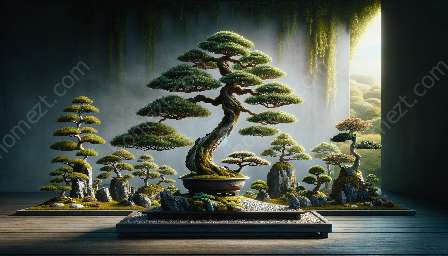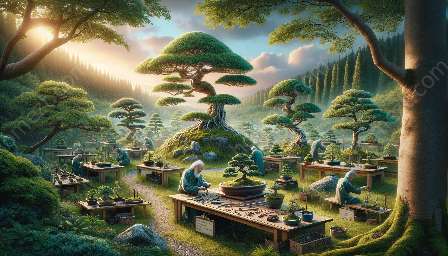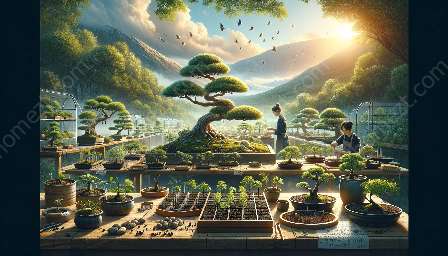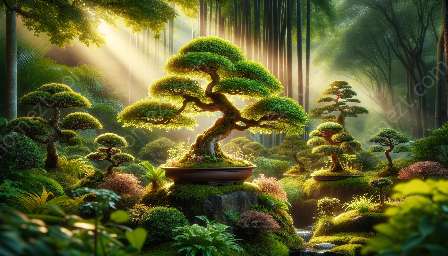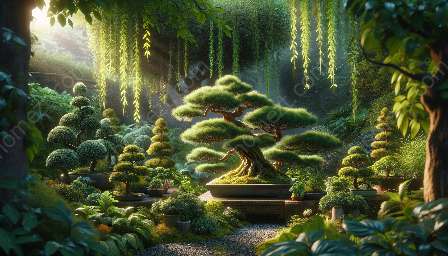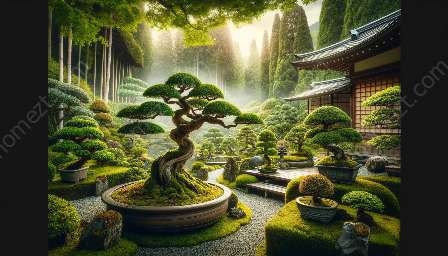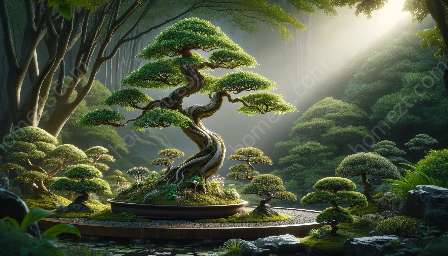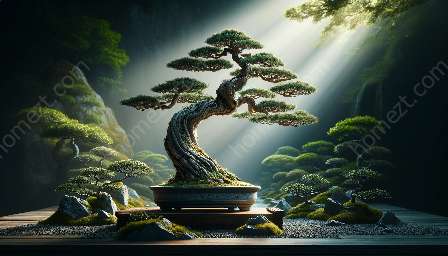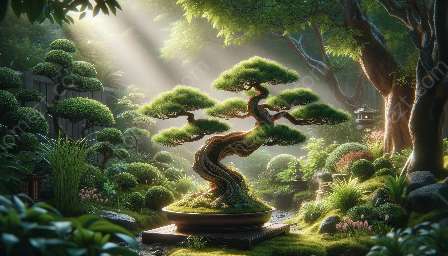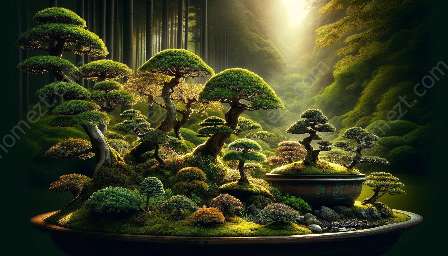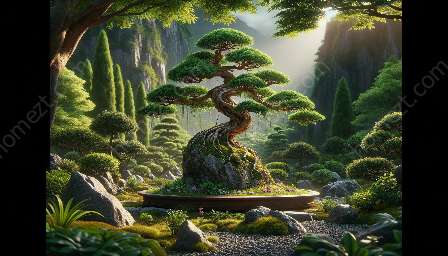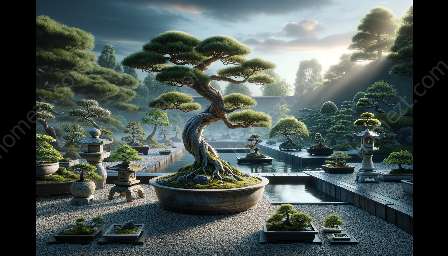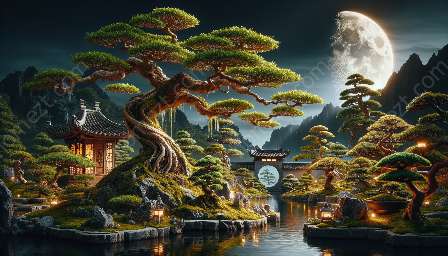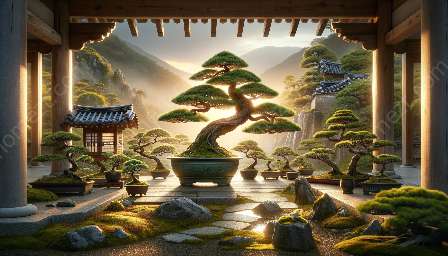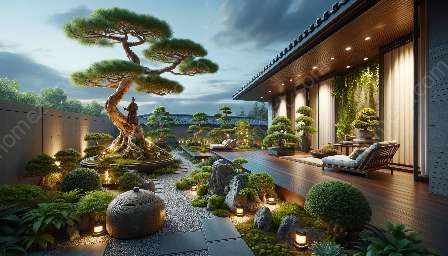Japanese bonsai traditions have a rich history that has captivated people worldwide. Originating in the Far East, this ancient art is deeply rooted in Japanese culture and has evolved into a prominent form of horticulture and artistic expression. Embracing the principles of nature, harmony, and discipline, Japanese bonsai has found its way into the hearts and gardens of enthusiasts globally.
The Origins of Japanese Bonsai
The word 'bonsai' itself is of Japanese origin and translates to 'planted in a container.' The art of cultivating miniature trees started in China over a thousand years ago, and it gradually made its way to Japan, where it took on its own unique identity and culture. The Japanese refined the techniques and aesthetics of bonsai and integrated it into their spiritual and philosophical beliefs, leading to its status as a highly respected art form.
Cultural Significance
In Japan, bonsai is revered for its representation of the natural world within a confined space. This concept embodies the principles of respect for nature, patience, and mindfulness. It is considered an expression of one's appreciation for the beauty and transience of life. Bonsai trees are often showcased in traditional Japanese homes, temples, and gardens as symbols of harmony, balance, and simplicity.
Bonsai Cultivation
When considering the intricate world of bonsai cultivation, it is crucial to understand the art and science behind nurturing these miniature trees. Bonsai cultivation involves skillful pruning, wiring, and shaping, along with an understanding of the specific needs of each tree species. The timeless techniques passed down through generations emphasize the careful manipulation of the tree's growth to create a harmonious and balanced composition.
Artistic Expression
Bonsai cultivation is not just about growing a small tree in a pot – it is an art form that intertwines horticulture and creativity. By meticulously sculpting the tree and mimicking the natural forms found in mature trees, bonsai growers create living masterpieces. The diversity of styles and forms allows for endless artistic expression, ranging from the majestic elegance of formal upright bonsai to the windswept beauty of the cascade style.
Integration with Gardening and Landscaping
For gardening and landscaping enthusiasts, incorporating Japanese bonsai into their pursuits offers a unique opportunity to merge ancient traditions with modern practices. Bonsai trees can serve as captivating focal points within carefully designed gardens and landscapes, imparting a sense of tranquility and timelessness. By embracing the principles of bonsai cultivation, individuals can cultivate a deeper connection with nature and enhance the beauty of their outdoor spaces.
In Conclusion
Japanese bonsai traditions embody a profound reverence for nature, a timeless connection to cultural heritage, and an enduring artistic legacy. The fusion of bonsai cultivation with gardening and landscaping offers a compelling avenue for individuals to explore the beauty, discipline, and serenity of this ancient art form. By delving into the world of Japanese bonsai, one can embark on a transformative journey that celebrates harmony, simplicity, and the enduring legacy of the natural world.

